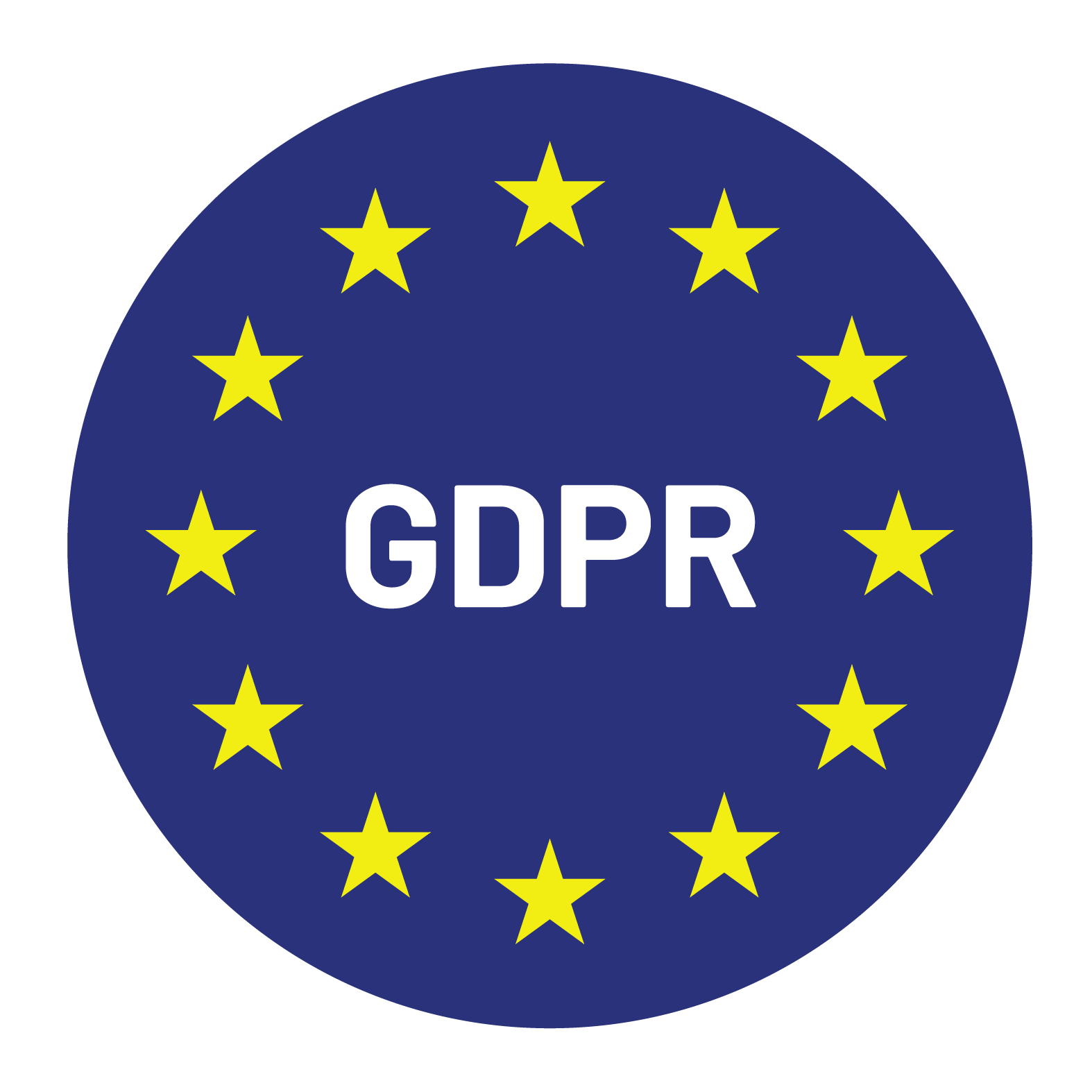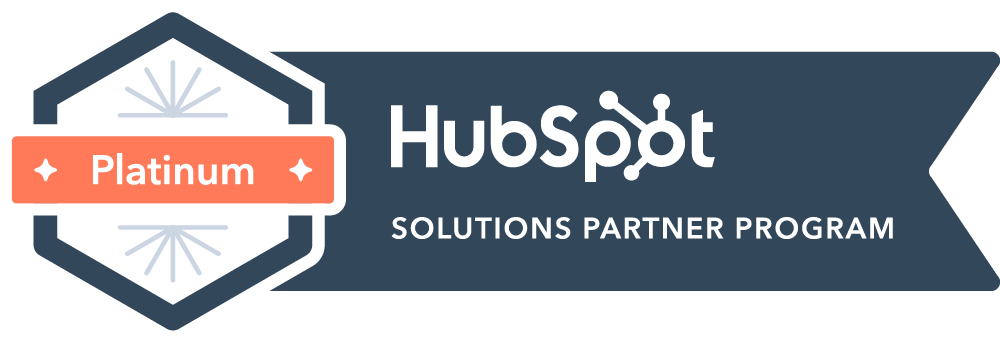

Content Writer for Whistle with multidisciplinary experience spanning over a decade.
Sales teams don’t fail because they aren’t working hard enough. They fail because they’re working on the wrong leads.
When lead identification is driven by gut instinct or basic firmographics, the result is predictable: too much time spent nurturing contacts who were never going to buy, and too little time spent with the people who would’ve closed. It’s not a resourcing issue. It’s a targeting issue.
Precision targeting changes that. By using data science to identify the signals that actually correlate with sales outcomes, companies can shift from guessing to knowing. It’s not about finding more leads — it’s about finding the right ones.
Below, we’re looking at how data science gives companies a transformative approach to lead identification. The result is a pipeline filled with leads that convert more often, faster, and with greater long-term value.
Traditional lead generation methods have a glaring weakness: they prioritize volume over value. At best, these methods produce a mixed bag. At worst, they drain resources while offering little in return.
Basic demographics and firmographics—industry, company size, job title—may help teams narrow their target audience, but they don’t say much about whether a prospect is likely to buy. A procurement manager at a Fortune 500 company might look ideal on paper, but without context or behavioral data, there’s no way to know if they’re in the market or just browsing.
There’s also the problem of signal-to-noise ratio. Relying on generic forms of intent or outdated firmographic lists leads to bloated pipelines and burned-out reps. Sales teams waste time on leads that are misaligned, poorly timed, or simply unqualified.
Worse still, traditional lead identification often fails to surface the hidden gems—those high-potential prospects who don’t fit the typical mold but exhibit strong buying intent. Without behavioral insights or advanced segmentation, they’re invisible.
A modern approach to lead identification needs to do more than filter based on surface-level attributes. It must capture intent, predict engagement, and point sales teams to the right accounts at the right time.
The shift to precision targeting is not just about having more data. It’s about knowing how to use it. Data science provides the models, algorithms, and frameworks to surface high-value leads and guide outreach strategies that align with buyer behavior.
Predictive lead scoring uses historical data to anticipate which leads are most likely to convert. Machine learning models analyze past deals, lost opportunities, and sales interactions to find patterns that indicate buying readiness.
These models go far beyond traditional scoring systems. Instead of assigning arbitrary weights to job titles or industries, they look at engagement signals, product usage patterns, email interactions, time on site, and more. A lead who downloads three whitepapers and attends a product demo within a week probably deserves a different score than someone who simply opened one email.
This type of scoring can be continuously refined as more data becomes available. As your team interacts with more leads, the model adapts and gets smarter. That’s the power of predictive analytics in sales: constant feedback and adjustment based on real outcomes.
Behavior is a stronger predictor of intent than any demographic data. Data science allows teams to detect key behavioral signals that often precede conversion: visiting high-value web pages, engaging with product-focused content, or repeatedly returning to a pricing page.
By tracking and analyzing these behaviors, businesses can identify leads with high purchase intent early in the cycle. Behavioral marketing shifts the focus from who the lead is to what the lead is doing. It captures patterns that humans might miss, like a spike in product page views from a specific company or a prospect watching a full-length webinar at 10 p.m. local time.
This analysis helps teams separate idle interest from active buying signals. It also allows for more tailored outreach, which boosts engagement and shortens sales cycles.
Not all valuable data is structured. Emails, social posts, and live chat transcripts contain rich insights, but only if you can extract them at scale. That’s where NLP comes in.
Natural language processing enables companies to analyze unstructured text and extract meaning. Sentiment analysis can identify whether a prospect is excited, confused, or frustrated. Topic modeling can uncover common pain points or areas of interest. Text classification can automatically route messages based on urgency or intent.
For example, if multiple leads from the same industry mention “compliance challenges” in outreach responses or chatbot queries, that’s a signal worth acting on. NLP surfaces those insights without requiring manual review.
Used well, NLP helps sales and marketing teams move beyond surface-level keywords and into the heart of what prospects care about.
Every company says they personalize. Few actually do. One reason is that most teams lack a structured way to segment leads based on real data.
Clustering and segmentation algorithms solve this by grouping prospects with similar characteristics or behaviors. The groups might reflect the buying stage, product interest, or communication preferences. These segments can then inform content, timing, and channel strategy.
For example, one cluster may prefer live demos and fast implementation timelines, while another values ROI calculators and in-depth case studies. Treating them the same reduces relevance and lowers conversion rates.
Segmentation also helps identify underserved but promising groups. These may not have been obvious through demographic filters alone, but behavior and contextual data reveal their value.
Internal data can take you far. But it rarely gives the full picture. By integrating third-party data sources—industry databases, intent data platforms, financial reports—companies can enhance their understanding of each prospect.
This might include recent funding rounds, executive changes, hiring trends, or partnerships. These indicators provide context that helps sales teams strike when the timing is right.
Data enrichment also helps clean and standardize records. When CRM data is messy or inconsistent, reps waste time verifying emails and chasing the wrong titles. External sources fill gaps and keep your database sharp.
The result is a clearer, more complete picture of who your leads are, what they care about, and when they’re most likely to buy.
Knowing the potential of data science is one thing. Applying it takes structure. First, your data infrastructure must support the insights you want. That means centralized, clean data and reliable systems to ingest and process it.
Clear objectives matter, too. Define what qualifies as a high-value lead for your business. Is it revenue potential? Short sales cycle? Strategic fit?
Collaboration is key. Sales, marketing, and data teams need to align around the same goals. Otherwise, even the best models go unused.
Finally, choose the right tools. Whether it’s a predictive lead scoring platform, a customer data platform (CDP), or a bespoke model built in-house, your tech stack should make insights accessible and actionable.
When data science powers your lead identification, the benefits are measurable. You see a higher percentage of qualified leads and better conversion rates. Sales teams spend less time guessing and more time closing. Your CAC improves, and marketing campaigns become more targeted and effective. It’s a compound return on smart decisions, not just effort.
Precision targeting powered by data science reshapes how businesses identify and convert high-value leads. The guesswork fades. The noise quiets. What’s left is a process that consistently finds the right prospects and moves them toward action.
If your lead generation still relies on volume over value, it’s time for a shift. Whistle helps sales and marketing teams build smarter systems for identifying high-value prospects. Get in touch to see how data can turn your lead pipeline into a growth engine.


© Copyright – Whistle 2023